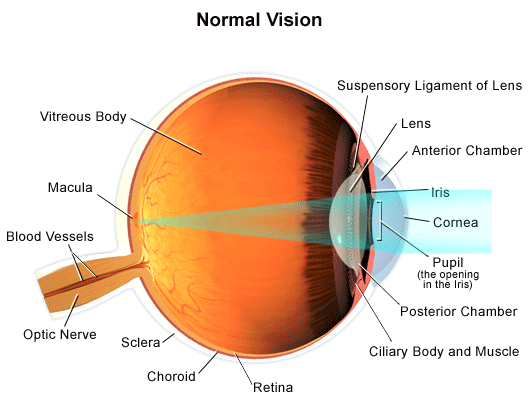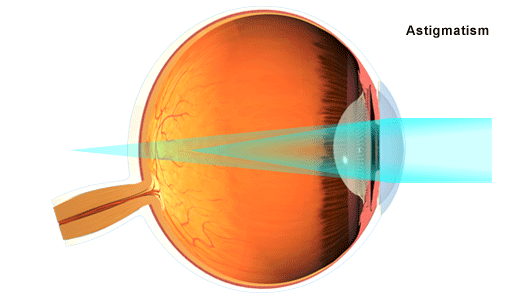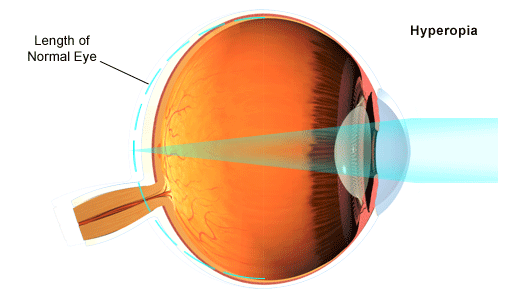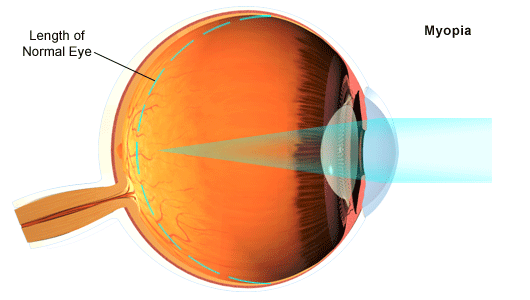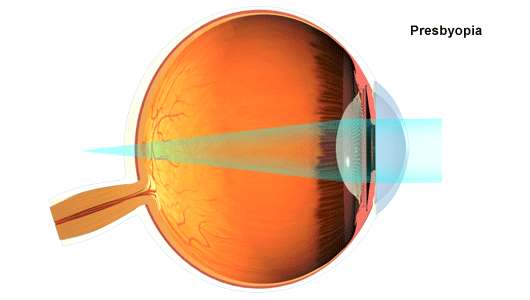What is Conjunctivitis?
Conjunctivitis, also known as “pink eye,” is an inflammation of the conjunctiva of the eye. The conjunctiva is the membrane that lines the inside of the eye and also a thin membrane that covers the actual eye.
What causes conjunctivitis?
There are many different causes of conjunctivitis. The following are the most common causes:
- Bacteria, including:
- Staphylococcus aureus
- Haemophilus influenza
- Streptococcus pneumoniae
- Neisseria gonorrhea
- Chlamydia trachomatis
- Viruses, including:
- Chemicals (seen mostly in the newborn period after the use of medicine in the eye to prevent other problems)
- Allergies
What are the different types of conjunctivitis?
Conjunctivitis is usually divided into at least two categories: newborn conjunctivitis and childhood conjunctivitis. There are different causes and treatments for each.
NEWBORN CONJUNCTIVITIS
The following are the most common causes and treatment options of newborn conjunctivitis:
- Chemical conjunctivitis: This is related to an irritation in the eye from the use of eye drops that are given to the newborn to help prevent a bacterial infection. Sometimes, the newborn reacts to the drops and may develop a chemical conjunctivitis. The eyes are usually mildly red and inflamed, starting a few hours after the drops have been placed in the eye, and lasts for only 24 to 36 hours. This type of conjunctivitis usually requires no treatment.
- Gonococcal conjunctivitis: This is caused by a bacteria called Neisseria gonorrhea. The newborn obtains this type of conjunctivitis by the passage through the birth canal from an infected mother. This type of conjunctivitis may be prevented with the use of eye drops in newborns at birth. The newborn eyes usually are very red, with thick drainage and swelling of the eyelids. This type usually starts about two to four days after birth. Treatment for gonococcal conjunctivitis usually will include antibiotics through an intravenous (IV) catheter.
- Inclusion conjunctivitis: This is caused by an infection with chlamydia trachomatis, obtained by passage through the birth canal from an infected mother. The symptoms include moderate thick drainage from the eyes, redness of the eyes, swelling of the conjunctiva, and some swelling of the eyelids. This type of conjunctivitis usually starts 5 to 12 days after birth. Treatment usually will include oral antibiotics.
- Other bacterial causes: After the first week of life, other bacteria may be the cause of conjunctivitis in the newborn. The eyes may be red and swollen with some drainage. Treatment depends on the type of bacteria that has caused the infection. Treatment usually will include antibiotic drops or ointments to the eye, warm compresses to the eye, and proper hygiene when touching the infected eyes.
CHILDHOOD CONJUNCTIVITIS
Childhood conjunctivitis is a swelling of the conjunctiva and may also include an infection. It is a very common problem in children. Also, large outbreaks of conjunctivitis are often seen in daycare settings or schools. The following are the most common causes of childhood conjunctivitis:
- Bacteria
- Viral
- Allergies
- Herpes
What are the symptoms of childhood conjunctivitis?
The following are the most common symptoms of childhood conjunctivitis. However, each child may experience symptoms differently. Symptoms may include:
- Itchy, irritated eyes
- Clear, thin drainage (usually seen with viral or allergic causes)
- Sneezing and runny nose (usually see with allergic causes)
- Stringy discharge from the eyes (usually seen with allergic causes)
- Thick, green drainage (usually seen with bacterial causes)
- Ear infection (usually seen with bacterial causes)
- Lesion with a crusty appearance (usually seen with herpes infection)
- Eyes that are matted together in the morning
- Swelling of the eyelids
- Redness of the conjunctiva
- Discomfort when the child looks at a light
- Burning in the eyes
The symptoms of conjunctivitis may resemble other medical conditions or problems. Always consult your child’s doctor for a diagnosis.
How is conjunctivitis diagnosed?
Conjunctivitis is usually diagnosed based on a complete medical history and physical examination of your child’s eye. Cultures of the eye drainage are usually not required, but may be done to help confirm the cause of the infection.
Treatment for conjunctivitis
Specific treatment for conjunctivitis will be determined by your physician based on:
- Your child’s age, overall health, and medical history
- Extent of the condition
- Your child’s tolerance for specific medications, procedures, or therapies
- Expectations for the course of the condition
- Your opinion or preference
Specific treatment depends on the underlying cause of the conjunctivitis.
- Bacterial causes: Your child’s physician may order antibiotic drops to put in the eyes.
- Viral causes: Viral conjunctivitis usually does not require treatment. Your child’s physician may order antibiotic drops for the eyes to help decrease the chance of a secondary infection.
- Allergic causes: Treatment for conjunctivitis caused by allergies usually will involve treating the allergies. Your child’s physician may order oral medications or eye drops to help with the allergies.
- Herpes: If your child has an infection of the eye caused by a herpes infection, your child’s physician may refer you to an eye care specialist. Your child may be given both oral medications and eye drops. This is a more serious type of infection and may result in scarring of the eye and loss of vision.
Infection can be spread from one eye to the other, or to other people, by touching the affected eye or drainage from the eye. Proper hand washing is very important. Drainage from the eye is contagious for 24 to 48 hours after beginning treatment.



